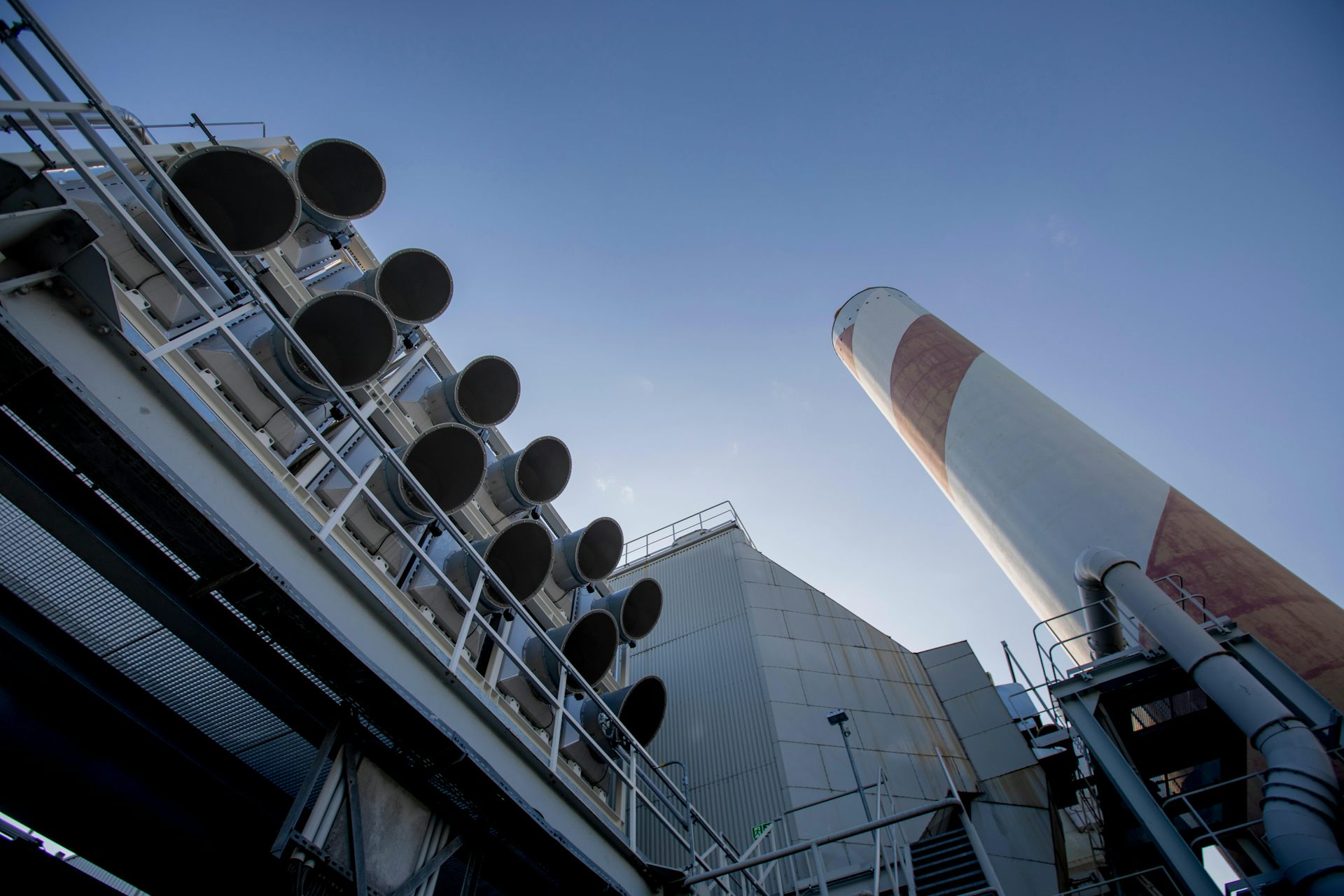
The Energy Collective Group
This group brings together the best thinkers on energy and climate. Join us for smart, insightful posts and conversations about where the energy industry is and where it is going.
Shared Link
Direct air capture: how advanced is technology to suck up carbon dioxide – and could it slow climate change?
Humanity must remove up to 660 billion tonnes of carbon dioxide (CO₂) from the atmosphere by the end of the century to limit global warming to 1.5°C. That’s according to the most recent report by the Intergovernmental Panel on Climate Change (IPCC), which based its estimate on atmospheric CO₂ concentrations measured in 2020.
Removing this much CO₂ will involve more than simply planting lots of trees. Engineers and scientists are developing direct air capture technologies (DAC) which are supposed to pull vast quantities of CO₂ from the atmosphere while using very little land and water.
A typical DAC unit uses large fans to push air through a liquid or solid material which can bind and remove CO₂, similar to how human lungs extract oxygen. The material is regenerated when heated, leaving concentrated CO₂.
The concentrated CO₂ can either be permanently stored, usually underground in depleted oil and gas reservoirs, or used to produce useful chemicals such as synthetic fuels. These fuels would re-release CO₂ when burned and so are technically carbon neutral.
DAC technology is still in its infancy. The International Energy Agency (IEA) forecasts that it will be removing 90 million tonnes a year in 2030, 620 million tonnes in 2040 and 980 million tonnes annually in 2050.
But as things stand, only 19 DAC projects have come online since 2010, which collectively remove 0.008 million tonnes of CO₂ each year, equivalent to about seven seconds of global emissions from energy production in 2021.
DAC developers are working on projects that will remove about 1 million tonnes of CO₂ a year each in the mid-2020s. But they may struggle to improve energy efficiency and reduce costs fast enough to remove CO₂ at the necessary scale to meet the IEA’s forecasts for the 2030s.
Here’s why.
Direct air capture: how advanced is technology to suck up carbon dioxide – and could it slow climate change?
The cost of deploying a direct air capture unit must fall while the cost of emitting CO₂ rises.
Get Published - Build a Following
The Energy Central Power Industry Network® is based on one core idea - power industry professionals helping each other and advancing the industry by sharing and learning from each other.
If you have an experience or insight to share or have learned something from a conference or seminar, your peers and colleagues on Energy Central want to hear about it. It's also easy to share a link to an article you've liked or an industry resource that you think would be helpful.



























Sign in to Participate